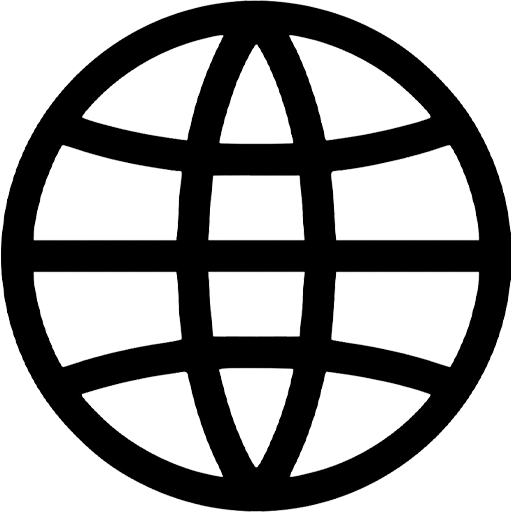- Materials
- Forms
- Reference Materials
-
Services
-
Services
-
Skip to Content
Currency
GBP - British Pound


